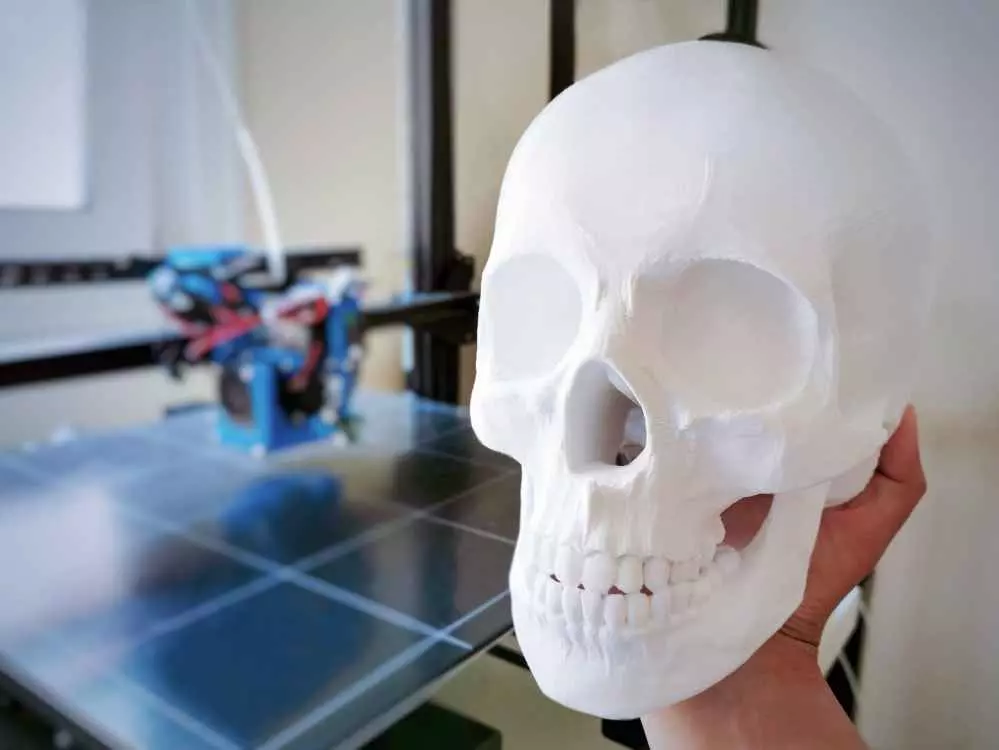Introduction to 3D printing in medicine
3D printing is a technology that has revolutionized many industries, but its application in medicine seems particularly promising. From prototyping to the production of final products, 3D printing is opening up new possibilities in the creation of innovative medical devices that could revolutionize the way we lie and view health.
In this article, we will focus on various aspects of 3D printing in medical device manufacturing, including the benefits, challenges and future of the technology.
Benefits of 3D printing in medicine
One of the biggest benefits of 3D printing is its ability to be personalized. With this technology, medical devices can be created that are tailored to individual patients' needs.

In orthopedics, for example, it is possible to print custom orthotics or prosthetics tailored to the patient's body shape. Personalization not only improves comfort, but also increases the effectiveness of treatment.
Prototyping and new product development
3D printing greatly facilitates the prototyping process. Designers and engineers can quickly create and test models before bringing them to market. In the past, prototyping was time-consuming and costly, but now with the help of 3D printing, the time and resources required for the process can be reduced.
Examples of the use of 3D printing prototyping include surgical devices or diagnostic tools, which can be easily changed and adjusted during the design stage.
Endoprosthetic and implant manufacturing
In the context of medical implant manufacturing, 3D printing is becoming increasingly common. The technology makes it possible to produce complex implants that fit the patient's anatomy, which in turn increases the effectiveness of surgery and reduces recovery time.
Sometimes, implants such as stents or orthopedic screws can be printed in biocompatible materials that work with the patient's body, minimizing the risk of rejection.
3D printing in medical training
3D printing also plays a key role in training medical professionals. Thanks to realistic anatomical models, students and doctors can learn on simulators that accurately replicate real conditions during surgical procedures.
This approach increases the effectiveness of teaching and allows participants to safely gain experience before performing real surgeries.
Challenges of 3D printing in medicine
Despite its many benefits, 3D printing in medicine is not without its challenges. First of all, there is still a lack of standards and regulations for manufacturing medical devices using this method.
Also, there are concerns about the quality of the materials used in the printing, which must meet appropriate medical standards. More stringent regulations and standards will be necessary in the future to ensure patient safety.
The future of 3D printing in medical device manufacturing
Looking ahead, it is clear that 3D printing in medicine will continue to evolve. The technology is expected to become an integral part of the medical manufacturing process.
The development of materials, such as smart materials and bioengineered materials, as well as advances in design algorithms will make 3D printing in medicine more accessible and efficient.
Summary
3D printing in medical device manufacturing is a technology that will certainly bring many benefits to both patients and healthcare professionals. The personalization, prototyping efficiency and educational opportunities it offers make it suitable for use in many aspects of medicine.
However, with the development of this technology, there are challenges that need attention. The future of 3D printing in medicine is sure to be an interesting one, and creating innovative solutions is well within reach.
